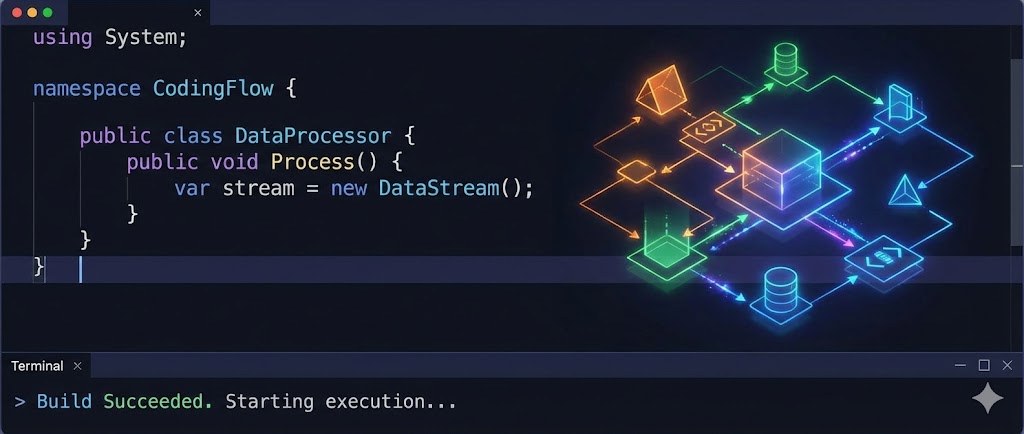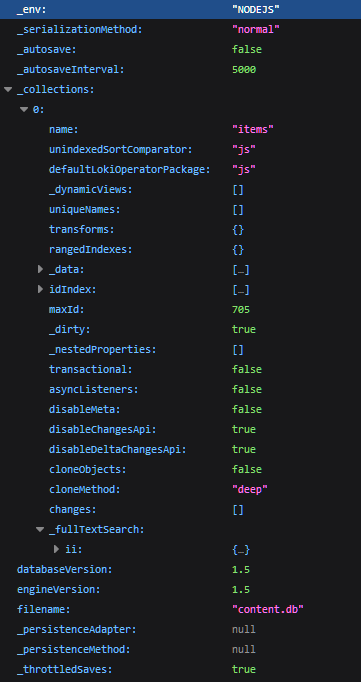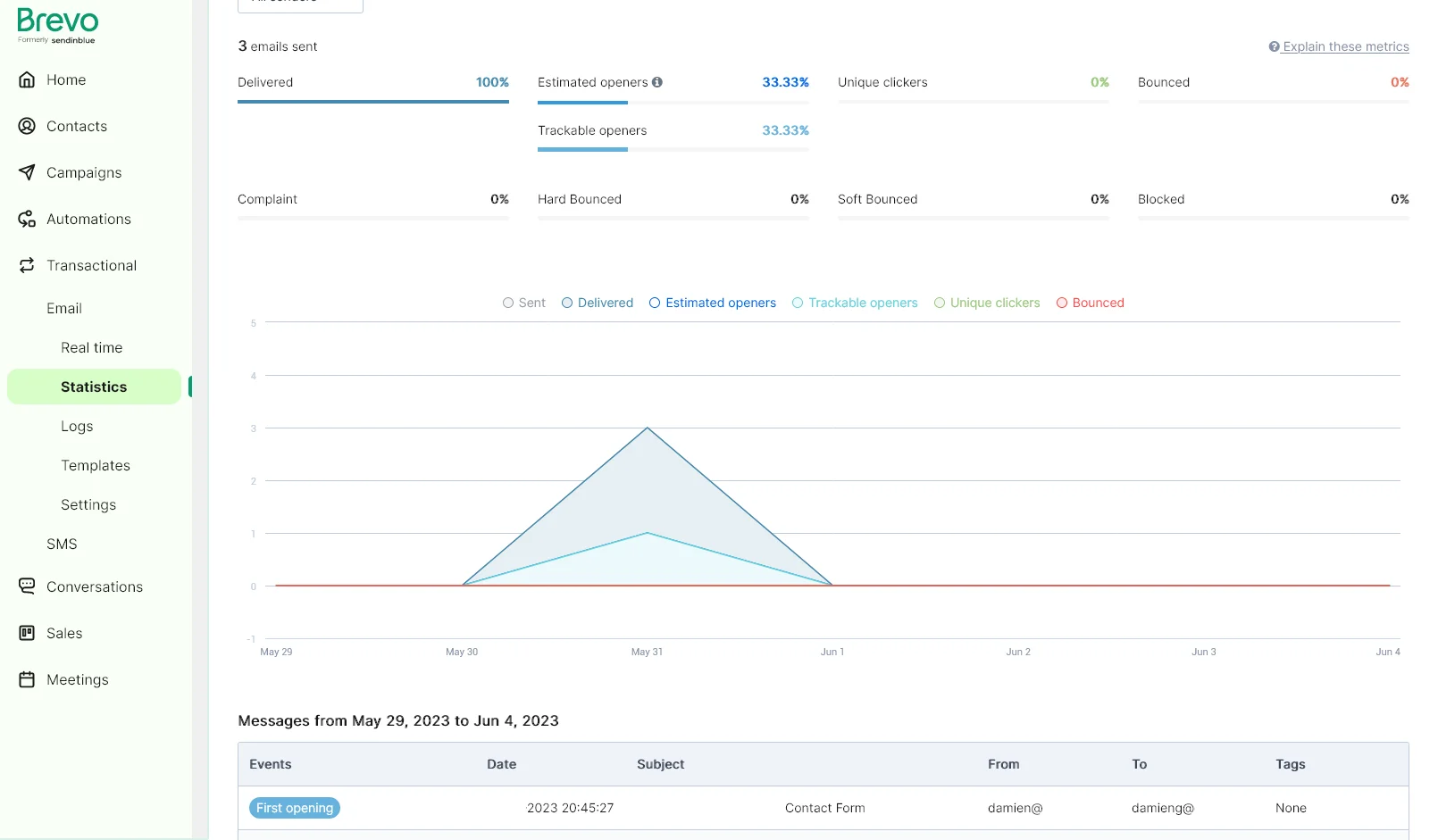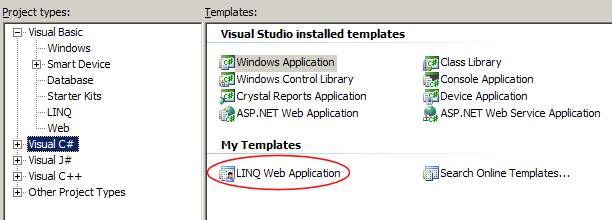16 blog posts tagged webdev

Enhancing content articles in Nuxt3
I've already covered reading time and generated excerpts for Nuxt3 content but there are still a couple more things you can do to enhance your content articles.

Generated Excerpts for Nuxt3 Content
Nuxt3 has been my stack of choice for a while now and it was time to port my site over from Nuxt2 - an exercise in itself I should blog about - but more concretely is the idea of excerpts.

Nuxt Content v1 content.db database & file size
An examination of Nuxt's content.db and how to shrink it for performance.

Email form sender with AWS Lambda, Brevo & reCAPTCHA
In this article I'll show you how to use AWS Lambda to send an email with Brevo using their API while being protected by reCAPTCHA.

A blog comment receiver for Cloudflare Workers
A number of years back I switched to a static site generator for damieng.com, firstly with Jekyll, and then with Nuxt when I wanted more flexibility. I've been happy with the results and the site is now faster, cheaper, more secure and easier for me to maintain.

Email form sender with Nuxt3, Cloudflare, Brevo & reCAPTCHA
I've been using Nuxt quite extensively on the static sites I work on and host and use Cloudflare Pages to host them. It's a great combination of power, flexibility, performance and cost (free).

Rendering content with Nuxt3
I've been a big fan of Nuxt2 and Nuxt3 is definitely a learning curve and I have to admit the documentation is a bit lacking - lots of small fragments and many different ways to do things.

Adding reading time to Nuxt3 content
I've been using Nuxt2 quite a bit for my sites (including this one) and am now starting to use Nuxt3 for a few new ones and am finding the docs lacking in many places or confusing in others so hope to post a few more tips in the coming weeks.

Using variable web fonts for perf
Webfonts are now ubiquitous across the web to the point where most of the big players even have their own typefaces and the web looks a lot better for it.

Comma-separated parameter values in WebAPI
The model binding mechanism in ASP.NET is pretty slick - it's highly extensible and built on TypeDescriptor for re-use that lets you avoid writing boilerplate code to map between CLR objects and their web representations.

5 signs your ASP.NET application may be vulnerable to HTML injection
If you don’t encode data when using any of the following methods to output to HTML your application could be compromised by unexpected HTML turning up in the page and modifying everything from formatting though to capturing and interfering with form data via remote scripts (XSS). Such vulnerabilities are incredibly dangerous.

ASP.NET MVC preview available
The first public preview of Microsoft’s ASP.NET MVC (model view controller) framework is now available.

LINQ in C# Web Applications
I’m a big fan of the Web Application type that was previously available as an add-on to Visual Studio 2005 but thankfully got promoted to a standard citizen with Service Pack 1.

Localizing .NET web applications
It seems that globalization often makes the wish list of many a web site until the client realizes professional quality translations require a significant investment of time and money.

Extending GridView to access generated columns
ASP.NET’s GridView is a useful control and one of it’s best features is it’s ability to generate the columns automatically from the data source given.

Extend HttpApplication with session counts and uptime
It’s sometimes useful to know or display how many people are currently using your web application and how long it’s been up for.